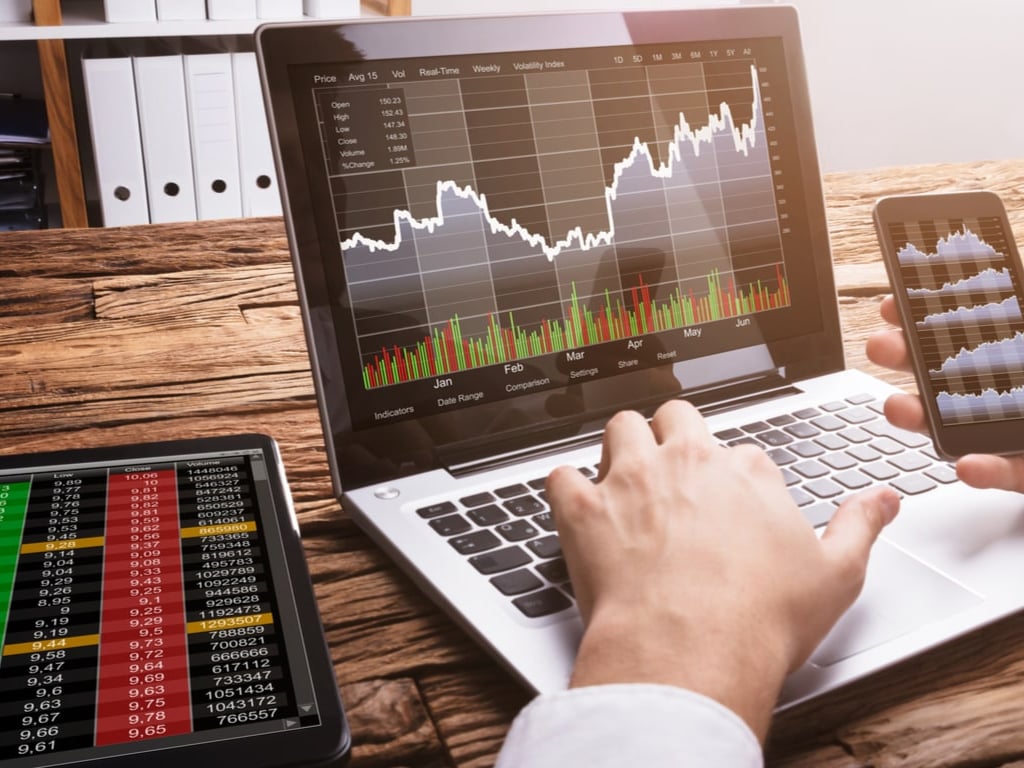2dots: Where Innovative Ideas Meet Curious Minds
Witness the remarkable expertise and thought leadership of the industry’s top minds as they share their knowledge with our audience. Contributors of 2dots present invaluable insights from both B2C and B2B viewpoints, contributing to a truly authentic experience for all.
Global info
Entering Immediate Momentum: A Crypto Trading Paradigm Shift
The Immediate Momentum is a groundbreaking development in day trading, offering cutting-edge functionalities, live market updates, and AI-based prediction capabilities. Its defining feature is its exceptional ease of use, making it accessible to traders regardless of their experience level. Whether you’re just starting out in cryptocurrency trading or you’re an experienced professional, the Immediate Momentum App and Immediate Matrix versions are crafted to suit your individual requirements. Gear up for an adventurous foray into the world of crypto trading.
Immediate Matrix and Immediate Maximum prioritize community engagement and learning, offering a blend of deep market analysis tools and social trading features. These platforms cater to those who value collaboration and continuous learning in the trading space. Immediate Unity Profit further supports this approach by focusing on educational resources, making it an ideal starting point for novices.
On the technological front, Immediate Gains Pro and Instant Boost Ai bring variety and security to the table. Immediate Gains Pro offers a wide selection of cryptocurrencies and exceptional support, perfect for traders looking to diversify. Instant Boost Ai, on the other hand, ensures a safe trading environment with its advanced security protocols and user-friendly design, appealing to traders at all experience levels.
Immediate Access Pro distinguishes itself with cutting-edge trading algorithms and automation, targeting traders keen on maximizing efficiency and profitability. This platform is particularly suited for those looking to leverage technology in their trading strategy.







